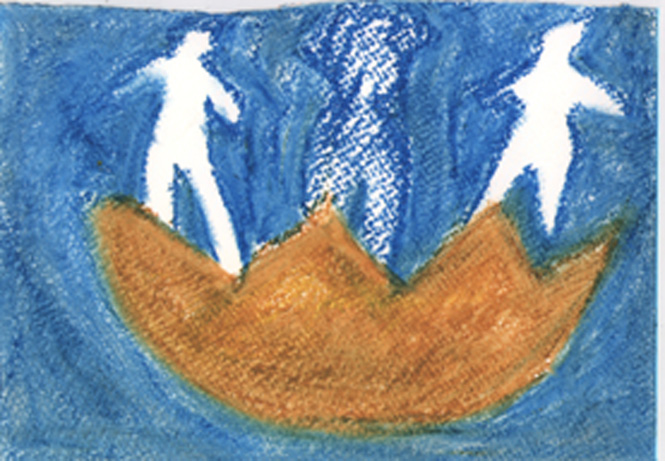| PURUSA |
PRAKRTI |
| male |
female |
| pure spirit |
nature/matter |
| witness |
active force |
| immutable |
mutable |
| intellect |
binding |
| cognition |
agency |
|
Samkhya-Yoga, a philosophical system ever-present in the Hindu world, maintains "a dualistic realism," made up of the female and male principles prakrti and purusa.5
Purusa, in itself pure consciousness, experiences the changes that prakrti, on account of its three gunas [lightness, passion and darkness], is undergoing, as if these were its own. Purusas are originally many -- prakrti is originally one. The association with a purusa makes prakrti, as the evolved being, manifold and makes purusa interact with it. . . . Under purusa's influence the equilibrium [of the gunas] is disturbed and evolution begins.6
Goddesses are not only strongly associated with but often personify and embody the forces of nature, or prakrti. In the Devi-mahatmya, Devi is called "the supreme, original, untransformed prakrti,"7 and Ganga Mata is both "Nature (prakrti) supreme" and the embodiment of sakti, or energy,8 specifically "the creative energy that generates and continues to activate the universe."9
|


